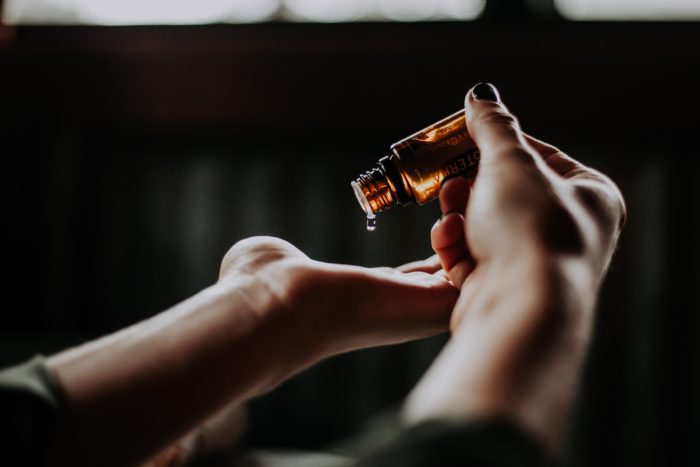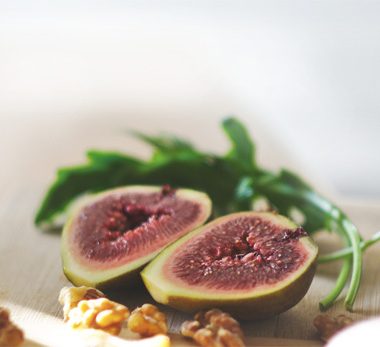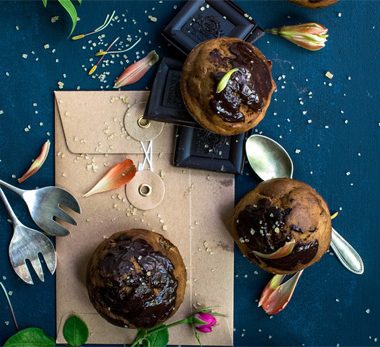An unexpected ally in the fight against Lyme disease dormant bacteria

New research published in the journal Antibiotics shows that a range of essential oils can effectively kill persistent forms of Lyme disease.
Lyme disease, an infection caused by the bacterium Borrelia burgdorferi (B. burgdorferi), is the most prevalent tick-borne infectious disease in the U.S., with about 30,000 cases reported each year. According to estimates by the Centers for Disease Control and Prevention (CDC), the actual number of people diagnosed with Lyme disease is more likely about 300,000.
The antibiotic doxycycline is most commonly prescribed to clear acute cases of Lyme disease in a few weeks, but in some cases, the infection persists. According to the authors of a 2013 study, approximately 10–20 percent of those who contract Lyme disease and are treated continue to report symptoms for months, and in some cases, years. This subset of patients are thought to have post-treatment Lyme disease syndrome (PTLDS). Medical professionals do not yet know exactly what causes post-treatment Lyme disease syndrome, however we do know that B. burgdorferi enters a dormant stage in which its cells either multiply very slowly or do not divide. These persister cells are more resistant to antibiotics. But we may have found an unexpected ally in the fight against these Lyme disease dormant bacteria: essential oils.
Dr. Ying Zhang, Ph.D., who is a professor in the Department of Molecular Microbiology and Immunology at the Johns Hopkins Bloomberg School of Public Health in Baltimore, MD, and his team had previously found some “highly active essential oils” that were effective against “biofilm and stationary phase B. burgdorferi.” With an interest to identify alternative treatments with high anti-persister activity, they screened a panel of 34 essential oils and found the top three candidates oregano oil and its active component carvacrol, cinnamon bark, and clove bud as having even better anti-persister activity than daptomycin at 40 μM, an expensive, intravenous antibiotic used for persistent infections.
To identify more essential oils with strong activity against B. burgdorferi persisters, they screened an additional 35 different essential oils for their antibacterial properties. In this new study published in October 2018, using pressed essential oils from plants or their fruits, the researchers tested the activity of the plants’ fragrant “essence.” Lab-dish tests revealed that ten of these 35 plants have “strong activity” against the latent, “persister” forms of Lyme disease. These essential oils derives from garlic, allspice, cumin, palmarosa, myrrh, hydacheim, amyris, thyme white, Litsea cubeba, and lemon eucalyptus (as well as the active component of cinnamon bark- cinnamaldehyde) had strong activity in the stationary phase B. burgdorferi persister model.
” We found that these essential oils were even better at killing the ‘persister’ forms of Lyme bacteria than standard Lyme antibiotics”
~ Dr. Ying Zhang
If tests in rodents confirm their cell culture findings, Zhang and colleagues will start organizing human clinical trials. “At this stage, these essential oils look very promising as candidate treatments for persistent Lyme infection, but ultimately we need properly designed clinical trials,” Dr. Zhang says.
Keep in mind that not all essential oils are the same. If you are interested in learning more about how to purchase therapeutic-grade essential oils for personal use, please feel free to reach out to us. We’d be happy to share our experience and recommendations.
____
References
- Feng, J.; Shi, W.; Miklossy, J; Tauxe, G.M.; McMeniman, C.J.; Zhang, Y. Identification of Essential Oils with Strong Activity against Stationary Phase Borrelia burgdorferi. Antibiotics 2018, 7(4), 89
- CDC. Lyme Disease. Available online: http://www.cdc.gov/lyme/ (accessed on 7 March 2018).
- Aucott, J.N.; Rebman, A.W.; Crowder, L.A.; Kortte, K.B. Post-treatment Lyme disease syndrome symptomatology and the impact on life functioning: Is there something there? Qual. Life Res. 2013, 22, 75.
- Feng, J.; Zhang, S.; Shi, W.; Zubcevik, N.; Miklossy, J.; Zhang, Y. Selective Essential oils from spice or culinary herbs have high activity against stationary phase and biofilm Borrelia burgdorferi. Front. Med. 2017, 4, 169.







